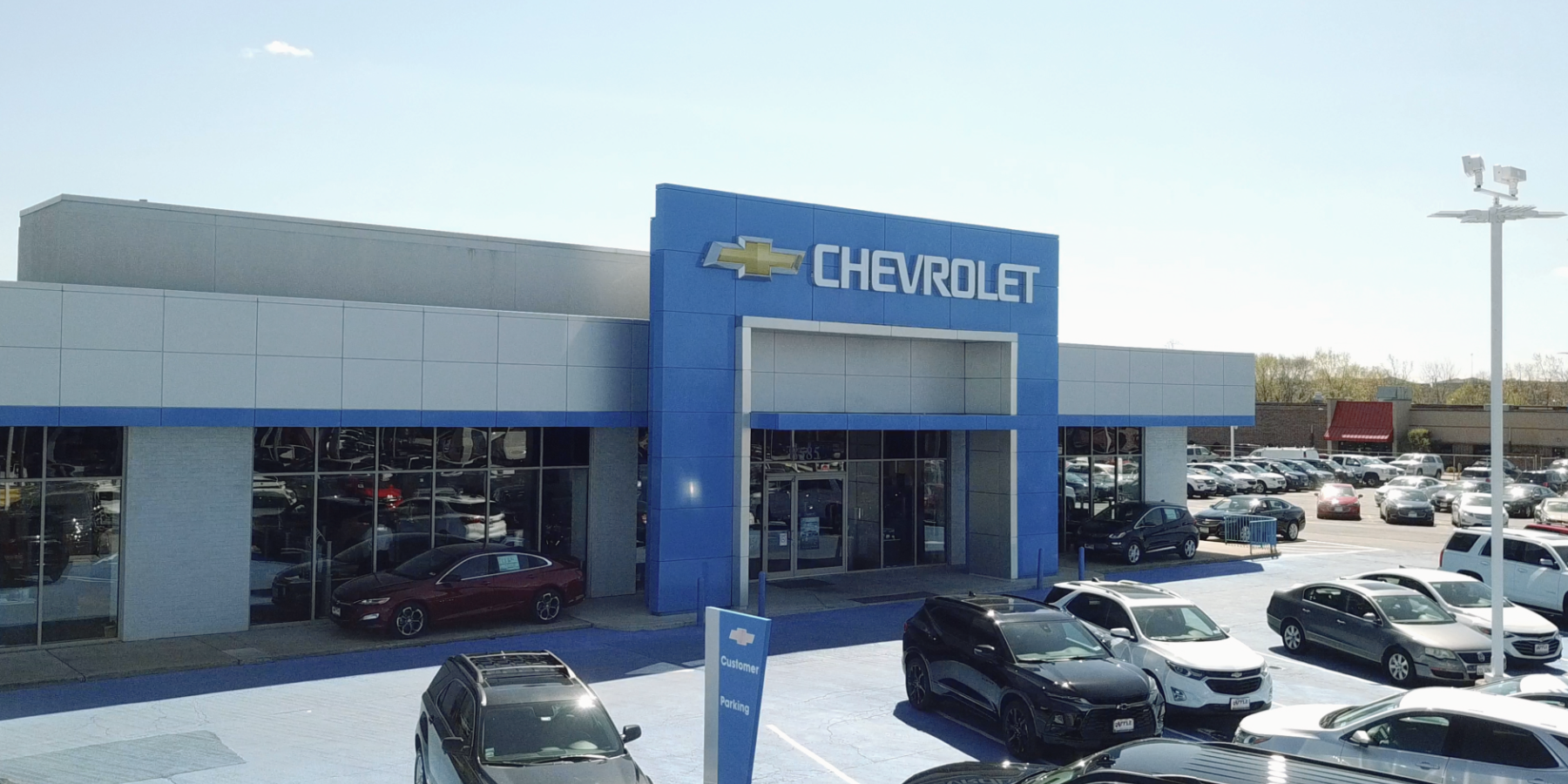2010 Chevrolet Camaro SS Automatic – Short Take Road Test (Car And Driver)
The choice for lazy hooligans isn’t much of a compromise.
BY JARED GALL, PHOTOGRAPHY BY JORDAN BROWN
September 2009
Put an automatic transmission in a car, and you typically lose a few hundred (or thousand) bucks and that extra connection between man and machine. In the Chevrolet Camaro, you also lose 26 hp.
But you gain a free hand with which to return fist pumps or throw the bull’s horns to fellow F-body enthusiasts or crush Monster cans against your head. Also, you get simplified burnouts—billowing, tire-boiling annihilation is just a couple of stomps away. No tricky clutch-drop-to-brake dance or modulating pedal pressures, just mash the brake, mat the gas, and take a deep breath of vaporized vulcanized rubber. This—the ease with which it goes about its hooliganism—is what we imagine draws people to the automatic Camaro SS.
It also goes about its hooliganism rather quickly, with the 26-hp deficit going virtually unnoticed. The automatic Camaro went 0 to 60 mph in 4.8 seconds and through the quarter-mile in 13.3 at 107 mph, figures that are on par with those of other SS Camaros we’ve tested. The automatic gearbox costs either $995 or $1185 depending on whether you start with a 1SS or 2SS model. That’s because, on the 2SS, the automatic is bundled with remote start, which is unavailable on the 1SS. Our tester had only one other option, the RS package. For $1200, it gets you different wheels, unique taillights, HID headlights with halo rings (think BMW), and—joy of joys!—body-color drip-rail molding.
Six Degrees of Reparation
Six-speed automatics are a recent adoption by GM, which for too long insisted that four ratios were enough. The new six-speeds are competitive, though they lack the polish and agility of those found in vehicles with more premium nameplates. One misstep: What look like paddle shifters mounted to the Camaro’s steering wheel are just signage for the buttons on the back of the spokes in the nine- and three-o’clock positions, even though the shape of the rim encourages a ten-and-two grip. If the fake paddles actually were paddles, they would be within pinky stretch from ten and two, but as they sit, the buttons would require an extra knuckle or two to reach.
Shifts effected by the buttons are lazier than the best in the industry, but far from unacceptable. Downshifts are accompanied by a computerized throttle blip, and two-cog drops happen with a quickness only the best human drivers could better. Plan your upshifts in advance, though, as the car takes a little time to react and the heady, 400-hp V-8 plows into its fuel cutoff at 6000 rpm despite a redline that, at first glance, appears to be 200 revs higher. while
The Four-Cylinder Camaro: Reality at Last?
That redline is not only 200 rpm lower than it appears to be, it is 400 lower than that of the LS3 V-8 that powers the SS manual and on which the automatic’s L99 engine is based. The L99 differs in that it is outfitted for cylinder deactivation, and the redline is lowered in order to preserve the special lifters used to silence four of the cylinders under low load. A unique exhaust system is used to help isolate the cabin from most untoward sounds and vibrations in four-cylinder mode (with neither HVAC or stereo on, the change is noticeable, but who travels in such silence?), but it neuters the fury of the V-8 enough that it sounds hardly more stirring than Chevy’s eight-pot pickups.
At least the Camaro will torch a back road better than a pickup. A lot of folks have expressed a desire to see the Camaro, Challenger, and Mustang competing in a new Trans-Am racing series, and the Chevy’s suspension feels like it could withstand track duty. For a car this big to pull 0.87 g on the skidpad—not to mention its 158-foot stopping distance, which is BMW 335i territory—is impressive, but the Camaro’s stiff legs can inflict some harsh abuse over rough roads. Much of the blame lies with the 20-inch wheels and low-profile tires, but those are the only shoes available on the SS.
Big wheels, however, are a must for presence, and the look of the new Camaro atones for many sins. It makes you forget the car you are driving isn’t actually all that expensive or prestigious. People turn and stare, elbow their friends without taking their eyes off of you in a way rarely inspired by affordable cars. Who ever would have expected that reaction with the old, fourth-generation car, or a Mustang? They point, and seem to speak in slow motion as you read their lips. “Wow.” “New Camaro.” “Holy friggin neo-retrogasm, I want one.” And when you’re driving a Camaro automatic, obliging oglers with a burnout is easy as pie.



